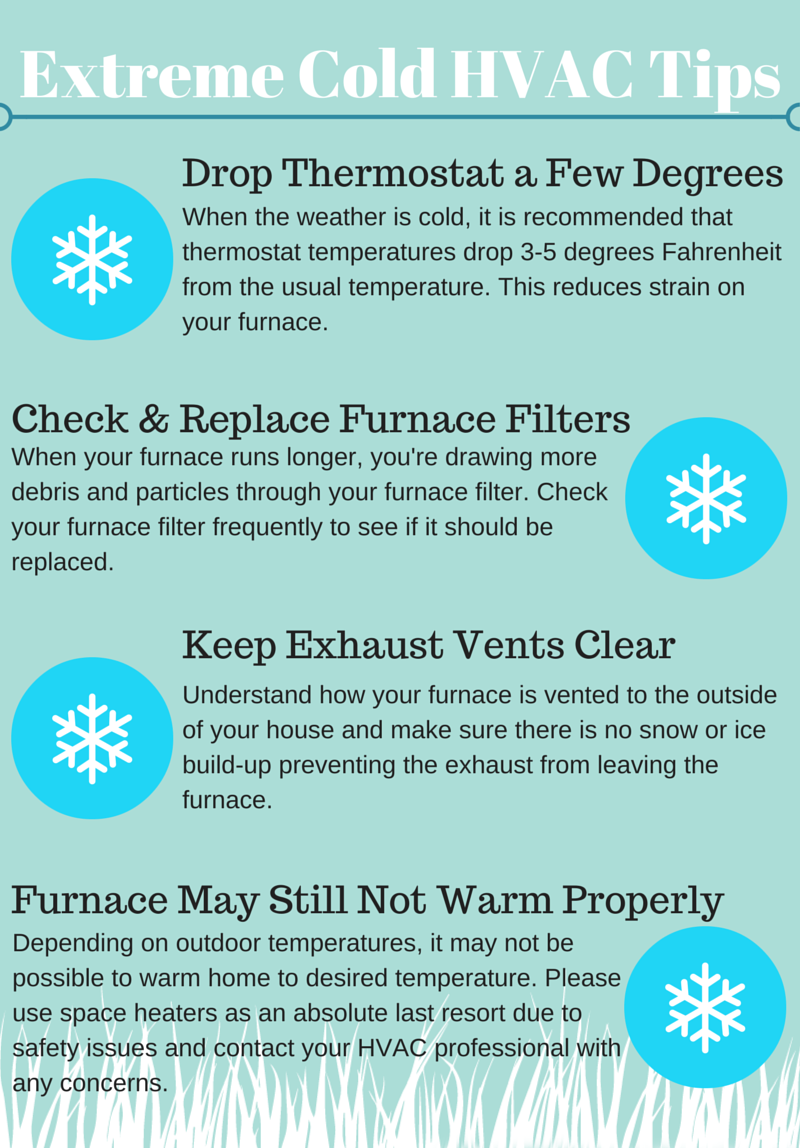The Connection In Between Climate Conditions And Heatpump Efficiency, In Addition To Solutions To Enhance Performance
The Connection In Between Climate Conditions And Heatpump Efficiency, In Addition To Solutions To Enhance Performance
Blog Article
Write-Up By-Tuttle McDougall
When it involves your heatpump, weather plays an important function in its efficiency. From freezing temperatures to sweltering heat, each aspect can affect just how successfully your system runs. But what can you do to battle these weather-related difficulties and guarantee your heat pump is operating at its ideal? Stay tuned to find useful ideas and approaches to optimize your heat pump's efficiency, no matter the climate condition it faces.
Weather Condition Variables Impacting Heat Pump Efficiency
Climate aspects have a considerable impact on the efficiency of heat pumps. One crucial factor is temperature. Heat pumps function by moving warmth from outside to within throughout winter season and the other way around in summer season. As temperatures drop, it comes to be harder for the heat pump to remove heat from the outdoors air, minimizing its efficiency.
An additional key element is humidity. High humidity levels can make it a lot more difficult for the heat pump to release warm during the cooling procedure.
Additionally, wind rate plays a role. Strong winds can dissipate the warmth taken in or released by the heat pump, influencing its total performance.
Tips for Optimizing Heat Pump Efficiency
To boost the effectiveness and long life of your heatpump, carrying out a few key techniques can make a considerable difference in its performance.
Firstly, ensure routine maintenance by cleaning or replacing filters every 1-3 months to prevent airflow clogs and optimize air movement. In addition, timetable yearly specialist examinations to detect and resolve any kind of prospective problems beforehand.
Ideal thermostat setups also play a crucial function. During the winter months, go for a temperature level setting that's as low as comfy, and during the summer season, established it as high as comfortable to minimize the work on your heat pump. Using a programmable thermostat can help you immediately readjust settings based on your schedule.
Additionally, securing click this link in ductwork and protecting ducts in unconditioned spaces can prevent power loss and improve general system efficiency.
Finally, take into consideration mounting a smart thermostat that can learn your behaviors and adjust setups accordingly, more optimizing your heatpump's performance. By complying with these suggestions, you can guarantee your heatpump runs efficiently and efficiently throughout the year.
Best Practices for Weatherproofing Your Heat Pump
For ideal performance and performance of your heatpump, executing weatherproofing measures is important. Beginning by securing any type of voids or splits around doors, home windows, and ductwork to avoid warmth loss and keep a regular interior temperature.
Shield revealed pipelines and air ducts to avoid cold throughout cold weather and ensure proper airflow. Think about setting up a protective cover over the outdoor unit to secure it from extreme climate components like snow, ice, and debris.
On a regular basis tidy the outdoor system to remove dust, leaves, and particles that can block air flow and lower effectiveness. Additionally, keep the location around the heat pump free from snow, ice, and plant life to permit appropriate ventilation.
Verdict
Since you understand exactly how climate impacts your heatpump efficiency, you can take proactive steps to enhance its performance. By Read Much more to the tips laid out in this article, such as regular upkeep, thermostat adjustments, and weatherproofing steps, you can guarantee that your heat pump operates at its best regardless of the climate condition. Stay successful and maintain your home comfy throughout the year.
